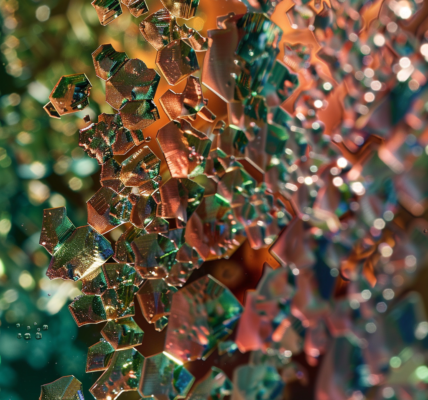Why Scientists Are Calling for the Moon to Be Better Protected From Development
Only a few lunar sites are ideal for certain cutting-edge research—and they’re under threat from mining, satellites and bases, scientists argue
March 27, 2024
Over the weekend, the U.S. private spacecraft Odysseus, which launched to the moon on February 15, was declared to be permanently dormant after failing to radio from the lunar south pole. Its short-lived yet “very successful” mission gathered valuable data, despite the lander falling onto its side and becoming unable to generate power.
While Odysseus joined a relatively small cohort of spacecraft currently on the moon’s surface, lunar missions are quickly picking up the pace. Now, a groundswell of pending projects—for mining, base construction and communication satellites—are on the horizon. By the end of 2026, at least 22 international missions are expected to land on the moon, per the Guardian’s Ian Sample.
At the same time, researchers are seeking to protect the lunar surface’s most precious sites for scientific study from the onslaught of government and economic interests.
“We are at risk of a Wild West scenario due to the rivalries between competing space agencies and commercial interests,” Joseph Silk, an astrophysicist at Johns Hopkins University and the Paris Institute of Astrophysics, tells Space.com’s Leonard David. “The number of desirable lunar sites is limited.”
The moon hosts several sites of extraordinary scientific importance (SESIs) to astronomy. On Monday, researchers argued for these places to be protected in the journal Philosophical Transactions of the Royal Society A. The paper was included in a two-part issue based on a discussion led by Silk and three other researchers last month.
Only within the last 20 years have astronomers discovered locations on the moon where conditions are ideal for the study of the early universe. The far side of the moon, for example, is one of the most radio-silent places in our solar system, as radio transmission





